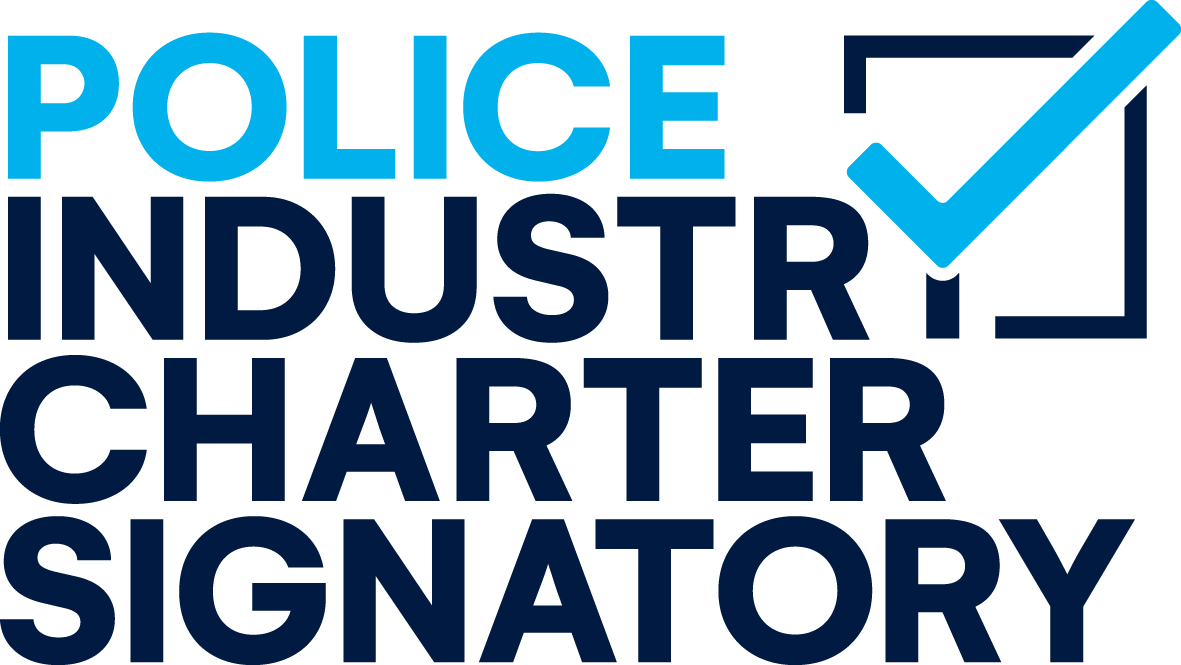
10 Top Tips to Strengthen Your Digital Change Project
Embarking on a digital change journey is one of the most effective ways to boost your business’ operational efficiency, drive positive change, and more. But it’s not always easy to know where to start, what you need to do and how to go about it. Luckily, we’re here to help – here are our top ten tips to help you with your digital change project.
-
Ensure change is supported from the top to the bottom
When planning your journey, remember that change often comes from the top. But it’s important that it is supported throughout the business. The most influential individuals in your business should set the example for the rest of your employees throughout your entire change journey, whilst bringing everyone along for the ride. If Seniors embrace and communicate that they’re on board with the project, employees will feel more confident and comfortable with the changes. But it is also crucial that everyone feels able to discuss, question and challenge the change if they need to, so those individuals in senior roles must also truly listen to feedback and be willing to take it on board, reconsidering decisions if needed as a result.

“We were very impressed with the depth of knowledge on the Safer Cities programme and skilful and professional approach of all Issured staff”
Head of Security, Safaricom
-
Let your business need lead the way
Let your business strategy lead your digital change efforts – not the other way around. Don’t just invest in the latest new technology and hope for the best when it comes to implementing it. Focus on what your business is really trying to achieve – and invest in the specific technologies that will best support your goals. Be business-led, not technology-led.
-
Gather your key resources
Successful digital change can only happen if you’ve got the right people in place to support the project. Single out key players in your business and form a project team that will plan, roll out and support the change journey. These don’t have to be senior staff – in fact, your change is much more likely to be a success if you have representation from right across your business. It is also important to ensure you have the right resources in place to support and use the technologies once implemented.
-
Build information security & integrity into your strategy
With cyber-attacks becoming more advanced, criminals growing smarter, and businesses experiencing more powerful hits than ever before, building cyber security & information assurance into your change project is more important than ever. Not only will this secure your business and your data throughout the whole process and beyond, but it will protect your clients, too. To do this, it is crucial that security is built into your approach from the very beginning. It’s much more effective (and secure!) to build in security by design, rather than attempting to slot it in as an afterthought.

-
Take an inventory of existing technologies
After you have understood your business need, but before thinking about what technology you require, first take note of what you have. We recommend starting by identifying your current technical landscape and its strengths and weaknesses, alongside understanding any gaps you need to fill. You might find you have technologies in place that just aren’t being used efficiently (or at all). In this case, find out why. Are the technologies themselves ineffective, or do you just have outdated processes and skills gaps? Adjusting the way current technologies are used might be all you need to do to deliver your business change.
-
Get data quality right
Data quality is key to making informed decisions on which technologies to implement. Data that’s littered with inaccuracies or based on your team members’ subjective opinions won’t paint the full picture of what your business really needs, or the data you are handling. So, ensuring you have a data quality strategy in place, so you can make your decision based on fact, is vital. Missing, duplicated or incorrect data can have a serious impact on your ability to deliver your operations successfully… and beware of your biases. Gather viewpoints from stakeholders across a range of areas and role types to avoid just making a decision based on the opinions of a select few. Finally, research all the solutions available – not just the newest and shiniest. There may be a technology that doesn’t have all the bells and whistles, but suits your needs.
-
Take a holistic approach
A successful digital change journey isn’t just about looking at the technology. Instead, you should look at your business as a whole and evaluate how well all the different areas work together in harmony. These include your people, processes, environment, structure, and technology. Making changes to one of these areas is likely to impact your business as a whole, so it is important to start by understanding your business practices to develop the case for change. Next, engage your people and take into account any cultural changes needed. Then, design your new operating model. Only then should you start thinking about the technology needed to support this.
“All of the advice we have received has not only been of top quality, it has also been provided in a down to earth, practical way that makes working with Issured a joy”
Portfolio Director, National Fire Chief’s Council
-
Communicate with your people
Digital change is only successful when your people are on board – across all levels, departments and functions – and when a culture that welcomes change is created. To do this, we always encourage clients to communicate the case for change with their teams every step of the way, keep them engaged and make them feel included. These changes will impact them the most, after all.

-
Support your people with skills training
Making sure all of your employees have the right skills to be able to work to new process, as part of a new approach, and with new technologies is key. You can do this by conducting a skills gap analysis to determine where your team need upskilling or training, and using this to implement learning and development programmes and structured training that focuses on what’s required to deliver the new operating model. If you neglect to do this, you’ll hold your team back from reaching its maximum potential and your business won’t be able to realise the full benefits of change. In addition, you won’t maximise on your investment – and could end up needing to start again.
-
Treat it as an ongoing process
Digital change is never a one-and-done activity. It’s an ongoing process that needs regular evaluation and adjustments. Even your operating model will need regular updates and tweaks. First, figure out how you’re going to measure progress and programme success. You might want to set key metrics and KPIs to do this. Second, remain flexible to adjust your strategy to suit changes in markets, customer buying, world developments, or new businesses requirements. Things change – and your business needs to be adaptable to keep up.
Embracing Change
The successful implementation of a digital change project demands a strategic and thoughtful approach. The tips outlined in this article hopefully serve as a useful guide to reinforce the foundations of business change. By emphasising the importance of robust planning, effective communication, and a culture open to change, your organisation can navigate the complexities of the digital landscape with confidence.
As technology continues to evolve at an unprecedented pace, embracing these principles will not only reinforce the project’s success but also position your organisation at the forefront of innovation. The journey towards digital transformation is, without doubt, challenging, but with a commitment to change, your organisation can grow and adapt in the ever-evolving digital era.
If you need a little – or a lot of – support or guidance on your transformation, please get in touch.
Recent Posts
How can businesses truly embrace diversity and inclusion if they're overlooking a valuable group of individuals? Despite the growing awareness [...]
Creating an inclusive environment where everyone can thrive is necessary for employee satisfaction, productivity and retention. This is especially true [...]
Welcome to the world of soft skills, the secret ingredients that transform good managers into great leaders. These skills help [...]














